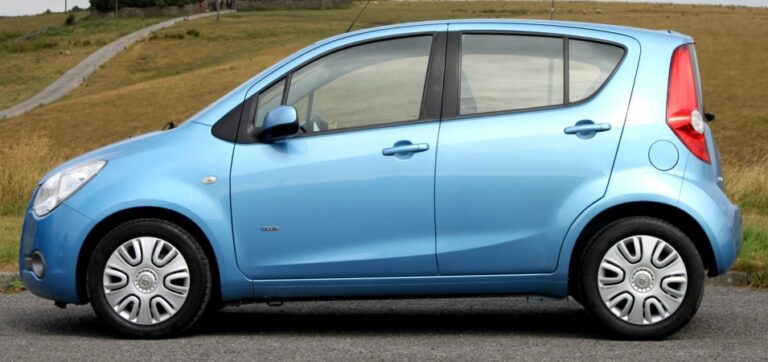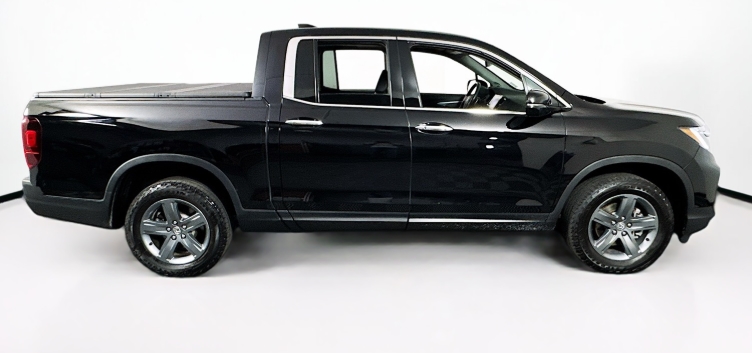The Evolution of the Nissan Platina
The Nissan Platina, a subcompact car produced by Nissan primarily for the Latin American market, represents an interesting chapter in Nissan’s global portfolio. Built largely on the Nissan B platform, the Platina was designed to offer affordable, reliable transportation tailored to the needs of developing markets, particularly Mexico. Its production spanned over a decade, with various updates and trim levels that reflected evolving consumer preferences and technological advancements.
Origins and Introduction (2002)
The Nissan Platina was introduced in 2002 as a successor to the Nissan Sentra B14 in certain markets, particularly in Mexico. The goal was to offer a compact, fuel-efficient vehicle with a reputation for dependability. The model was based on the Nissan Sunny (Nissan B14 platform), sharing its underpinnings with the Nissan Sentra of the same era, but tailored for regional markets with a focus on affordability.
At launch, the Nissan Platina was offered in two primary trim levels:
- Base: Equipped with a 1.6-liter inline-4 engine, manual transmission, and basic interior features.
- SL: Offered additional comfort and convenience features, such as air conditioning, power windows, and upgraded interior trim.
The early models emphasized practicality, with a focus on economical operation and low maintenance costs, making it popular among first-time car buyers and fleet operators in Mexico and other Latin American countries.
First Generation (2002–2006)
The first generation Nissan Platina was produced from 2002 until 2006. During this period, the model underwent minor updates but largely remained consistent in its core specifications.
Powertrain Options:
- Engine: 1.6-liter QG16DE inline-4 engine
- Transmission: 5-speed manual, with some markets receiving a 4-speed automatic transmission
- Fuel Economy: Approximately 28-32 mpg (miles per gallon), depending on transmission and driving conditions
Trim Levels and Features:
- Base: Basic features, manual windows, minimal interior amenities
- SL: Added air conditioning, power steering, upgraded audio, improved interior materials
- GT (introduced later in the cycle): Sportier trim with minor visual enhancements, sportier suspension tuning, and sometimes a rear spoiler
Throughout its first generation, the Nissan Platina maintained a reputation for reliability and low ownership costs, but it was often criticized for being somewhat underpowered and lacking in modern features compared to newer competitors.
Facelift and Mid-Cycle Refresh (2004)
In 2004, Nissan introduced a mid-cycle refresh of the Platina to enhance its appeal and address some criticisms. The updates included:
- Slight exterior styling tweaks, including new grille designs and bumpers
- Interior updates, such as improved dashboard layout and upgraded materials
- Introduction of new trim levels and features in some markets
The GT trim gained more prominence, emphasizing sportier aesthetics and handling. The refresh aimed to keep the Platina competitive until the next generation.
Second Generation (2006–2014)
The second and final generation of Nissan Platina was launched in 2006, marking a significant evolution in design, technology, and features. This generation was based on the Nissan B0 platform, sharing components with the Nissan Versa produced in other markets, which allowed for better space efficiency and improved safety.
Key Changes:
- Design: More modern, rounded styling with a focus on aerodynamics
- Dimensions: Slightly larger than its predecessor for improved interior space
- Powertrain:
- 1.6-liter QG16DE inline-4 engine (standard)
- Some markets received a 1.8-liter variant (QG18DE) for increased performance
- Transmission options included 5-speed manual and 4-speed automatic
Trim Levels and Variants:
The second-generation Nissan Platina was offered in a variety of trims, tailored to different market segments, including:
- S: The base model featuring essential equipment
- SV: Mid-range trim with additional comfort features such as power windows, upgraded audio, and air conditioning
- SL: Top-tier trim, including features like power door locks, alloy wheels, and sometimes cruise control
- XE and XE Plus: Special editions with cosmetic upgrades or added features
- Sport trims: Occasionally available with visual packages, sport suspension tuning, or cosmetic enhancements like spoilers and unique wheels
Notable Features:
- Improved safety features, including optional ABS brakes and dual front airbags
- Enhanced interior comfort with better materials and ergonomics
- Optional features such as CD players, power steering, and remote keyless entry
.
THIS might be a great place to get your new car from!
Or for those who are into the “car flipping” business, here’s an excellent resource for you!

.
Discontinuation and Market Impact
Production of the Nissan Platina officially ended around 2014 in most markets. The model was gradually phased out as Nissan shifted focus to newer models like the Nissan Versa and Tiida, which offered more modern styling, better safety features, and improved fuel efficiency.
Despite its discontinuation, the Nissan Platina remains a popular used car in Latin America, known for its affordability, reliability, and low maintenance costs.
Summary of Key Model Years and Trim Levels:
| Year Range | Notable Features & Changes | Trim Levels Available |
|---|---|---|
| 2002–2006 | Initial release, basic features, mid-cycle refresh in 2004 | Base, SL, GT (later) |
| 2006–2014 | Redesigned, more modern styling, improved safety and comfort | S, SV, SL, XE, XE Plus, Sport trims |
Legacy and Cultural Significance
The Nissan Platina’s legacy lies in its role as an affordable, dependable vehicle for budget-conscious consumers in Latin America. Its straightforward engineering made it easy to repair and maintain, ensuring a long-lasting presence on the roads despite its relatively basic features.
While it never achieved the global recognition of other Nissan models, the Platina’s importance within its regional markets is notable. It exemplifies how automakers adapt global platforms to meet local needs, balancing cost, reliability, and practicality.
Conclusion
The Nissan Platina’s evolution from 2002 to 2014 reflects the broader trends in the automotive industry—shifting from basic transportation to more feature-rich, safer, and more comfortable vehicles. Its multiple generations and trim levels demonstrate Nissan’s strategy to cater to diverse customer needs within the Latin American market. Even today, the Platina remains a testament to Nissan’s commitment to providing affordable mobility solutions.







